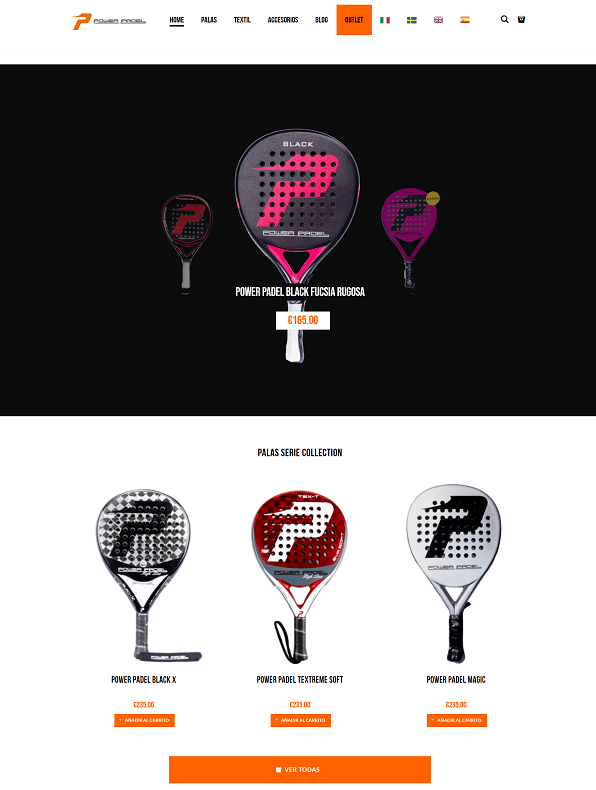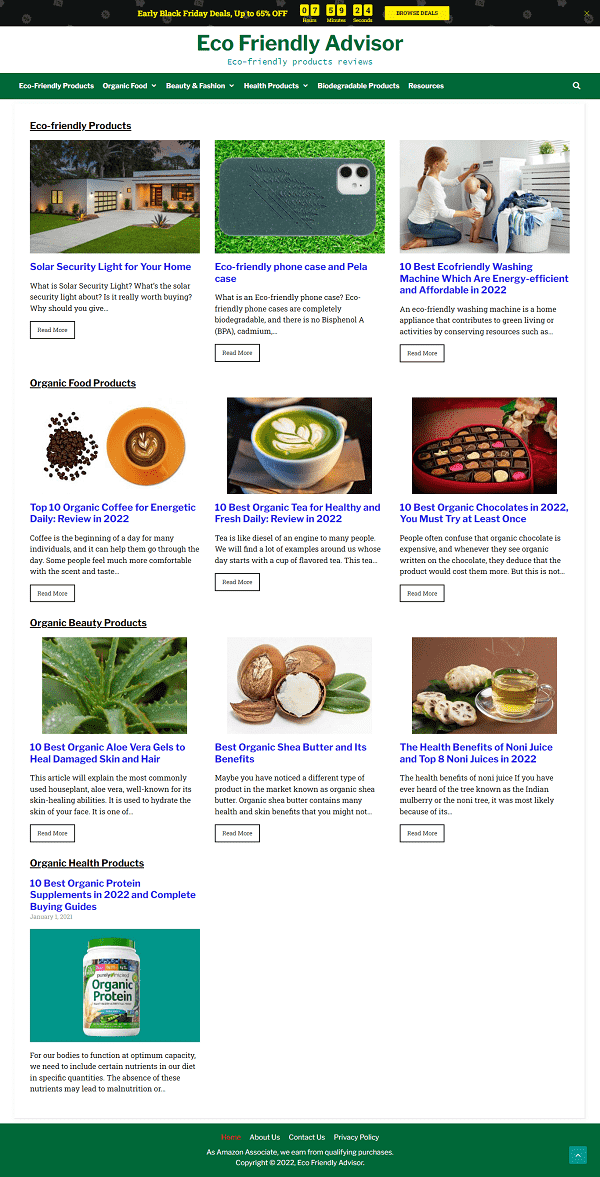In today’s digital age, having a strong online presence is crucial for real estate agents looking to attract clients and showcase their properties. A well-designed website not only serves as a virtual storefront but also establishes credibility and fosters trust with potential buyers and sellers.
It’s your website, where potential clients form their first impression, search for properties, and hopefully, decide to reach out. But with so many agents online, how do you create a website that stands out and converts visitors into leads?
Here are some essential steps to create a compelling website for a real estate agent:
1. Define Your Brand and Target Audience
Before diving into website development, take the time to define your brand identity and target audience. Determine what sets you apart from other real estate agents and identify the specific demographic you want to attract. Your website should reflect your brand’s personality and resonate with your target market.
2. Choose a Perfect Domain Name
Selecting the ideal domain name for your real estate website is akin to laying a solid foundation for a sturdy structure. It’s not merely a web address; it’s the digital representation of your brand. Therefore, it’s essential to choose thoughtfully and strategically. A perfect domain resonates with your brand identity, capturing its essence in a succinct and memorable manner. Incorporating keywords relevant to the real estate industry not only enhances search engine visibility but also signals to potential visitors the nature of your business. By avoiding quirky spellings, abbreviations, or acronyms, you ensure that your domain exudes professionalism and credibility, making it easier for clients to find and remember.
3. Prioritize Intuitive Navigation and Responsive Design
In the bustling landscape of online real estate, providing a seamless user experience is paramount. Intuitive navigation and responsive design serve as the cornerstones of a user-friendly website, guiding visitors through their journey effortlessly. Essential pages such as the Contact and About Us sections act as beacons, offering insights into your business and fostering connections with potential clients. With a focus on smooth navigation between pages, users can traverse your site with ease, accessing valuable information without feeling lost or overwhelmed. Moreover, implementing a responsive design ensures that your website adapts seamlessly to various devices, from desktop computers to smartphones, catering to the needs of modern users.
4. Registration Section
Implementing a registration section on your website allows visitors to create accounts, providing them with access to additional features such as saving favorite properties, receiving personalized property alerts, and accessing exclusive content. This section should include user-friendly registration forms with fields for essential information like name, email, phone number, and preferences. Additionally, ensure that the registration process is secure and complies with data protection regulations.
Also, this is one of the most overlooked yet powerful features for a new real estate website. It’s not just about collecting emails; it’s about gathering valuable data that can optimize your marketing efforts. By encouraging visitors to register, you gain access to their email addresses, enabling targeted ad and email campaigns. Moreover, this data provides insights into your target audience, enhancing your understanding of customer preferences. To maximize user convenience, ensure that registration is quick and easy. Incorporate options for social media or phone number sign-ins to streamline the process and improve the overall user experience. Incorporating an efficient registration system sets the foundation for effective marketing strategies and ensures that your customers stay informed about relevant sales and opportunities.
5. Advanced Search Option
Offering advanced search functionality enhances user experience by allowing visitors to filter and sort property listings based on specific criteria such as location, price range, property type, number of bedrooms/bathrooms, amenities, and more. Implement intuitive search filters and sorting options to help users quickly find properties that match their preferences. Consider incorporating features like autocomplete suggestions, saved search history, and real-time search results for added convenience.
6. Search Engine Optimization (SEO)
Optimizing your website for search engines is essential for increasing visibility and attracting organic traffic. Conduct keyword research to identify relevant search terms used by your target audience, and incorporate them strategically into your website’s content, meta tags, URLs, and image alt text. Focus on creating high-quality, informative content that addresses the needs and interests of your audience. Additionally, optimize site speed, mobile responsiveness, and user experience to improve search rankings and attract more visitors to your website.
Many business owners think free website builders are enough. But that’s not true. It’s crucial to ensure your website is SEO-friendly right from the beginning.
7. Listing System
A robust listing system is the backbone of any real estate website, allowing you to manage and showcase your properties effectively. Implement a user-friendly backend dashboard where you can easily add, edit, and delete property listings. Include fields for essential property details such as address, price, description, photos, videos, virtual tours, and amenities. Utilize categories and tags to organize listings for easier navigation, and enable features like scheduled property updates and automated notifications to keep your listings current and relevant.
Offering beautiful grids of properties can encourage users to explore further on your new real estate website. Different viewing options cater to diverse preferences, enhancing the overall user experience.
8. Property Listing Page
Each property listing page should provide comprehensive information and captivating visuals to entice potential buyers or renters. Include a prominent headline, captivating property description, high-resolution photos, virtual tours, interactive maps, and floor plans if available. Highlight key selling points, amenities, and unique features to showcase the property’s value. Incorporate clear calls-to-action prompting visitors to inquire, schedule a viewing, or request more information about the property.
To stay competitive in the online real estate market, it’s beneficial to offer additional features on the listing page such as:
- Floorplans
- Overview of the building or complex
- Local information like nearby schools, crime rates, commute options, and shops
- Ratings and reviews of the neighborhood
- Affordability indicators
- Price trends in the area
- Notifications for new listings nearby.
9. Property Visualization
Enhance the property viewing experience with immersive visualization technologies such as 360° photography and virtual reality (VR) or augmented reality (AR) tours. Capture 360° photos or videos of the property’s interior and exterior to provide viewers with a comprehensive view of the space. Alternatively, create virtual tours using VR or AR technology, allowing users to explore the property as if they were physically present. These immersive experiences can significantly increase engagement and help potential buyers visualize themselves living in the property.
10. Property Value Estimation
Integrate property value estimation tools or calculators into your website to provide visitors with instant estimates of property values based on relevant factors such as location, size, condition, and recent market trends. These tools can help potential sellers understand the market value of their properties and make informed decisions about pricing and listing strategies. Ensure that the estimation algorithms are accurate and reliable to build trust with users and position yourself as a knowledgeable real estate professional.
11. Regular updates and maintenance
Lastly, regular updates and maintenance are the lifeblood of any successful real estate website. Just as properties require upkeep and care to retain their value, so too does your digital storefront. By consistently updating your website with fresh content, new listings, and the latest market trends, you demonstrate your commitment to providing valuable and up-to-date information to your audience. Moreover, routine maintenance tasks, such as checking for broken links, optimizing page speed, and ensuring compatibility with different devices and browsers, are crucial for delivering a seamless user experience. By investing time and resources into regular updates and maintenance, you not only enhance the functionality and performance of your website but also strengthen your brand reputation and credibility in the competitive online real estate market.
Bonus Tip: Leverage the Power of MLS Integration
If you have access to a Multiple Listing Service (MLS), explore integrating it with your website. This allows you to display up-to-date property listings directly on your site, saving you time and effort, and providing a wider range of options for potential clients.
Conclusion
A well-designed website is a powerful tool for real estate agents to attract clients, showcase properties, and establish credibility in the industry. By following these tips and best practices, you can create a compelling website that helps you stand out from the competition and achieve your business goals.
Nazpev Inc. creates stunning and creative websites for business growth. Please feel free to contact us to take your business to the next level.








